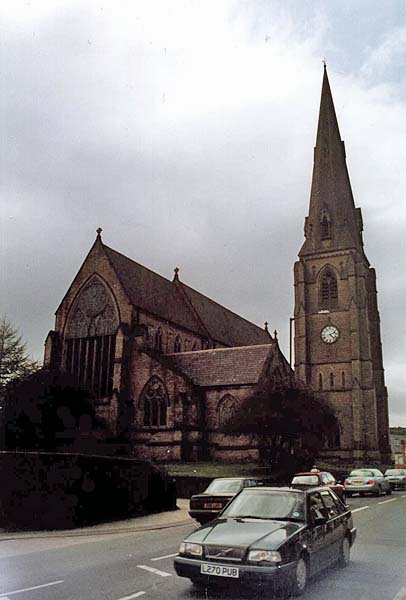
Heywood
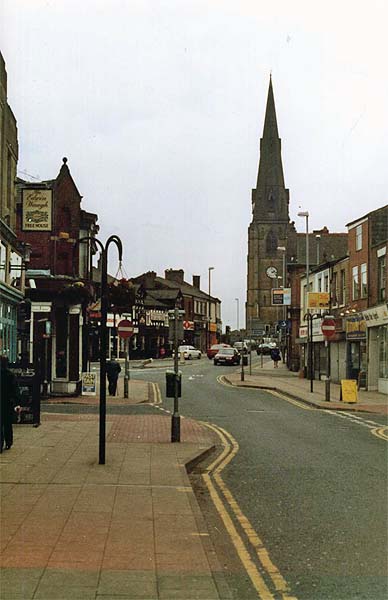 The town of Heywood derives its name from a Saxon word that refers to an enclosure for animals. The word was used to name the village that grew up in the Heap township. The family that took its name from the village can be traced back to 1164 when Peter de Heywood was granted land in what was then the parish of Bury in the county of Lancaster. The Heywood family built
the first Heywood Hall in the 13th century and that
building was rebuilt in 1611. St. Luke's Church, which
today has a prominent place in the town centre, was
originally the chapel for the Heywood family. It was
built in 1640 by Robert Heywood.
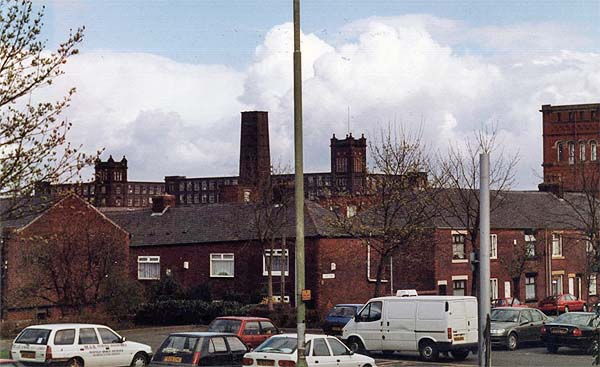 The rural village of Heywood grew in size and took on a much more industrial face when the textile industry took off in the 18th century. First wool and then cotton dominated the local trade, and by 1841 there were 34 cotton mills in Heywood. Robert Peel, the father of Tory Prime Minister Sir Robert Peel, converted the Makin Mill to cotton in 1870. North of the town centre, nestled in a loop of the River Roch, is Queen's Park. The park was constructed in 1879 using money that went to the Crown after a local mill owner died intestate. At the western edge of the park can be seen the two-story lodge. Other features of this Victorian Park are the Victoria Fountain, located in the centre of the upper plateau, and the "White Walls" , made of blast furnace slag and building waste material and painted white. There were originally walls, arches and grottos, but only two small remnants remain. When the park opened, it covered 43 acres, but in 1923 a gift of land from a former mayor doubled it in size. In 1906 a library,
gifted to the town by the Carnegie Trust, was built
on Church Street.
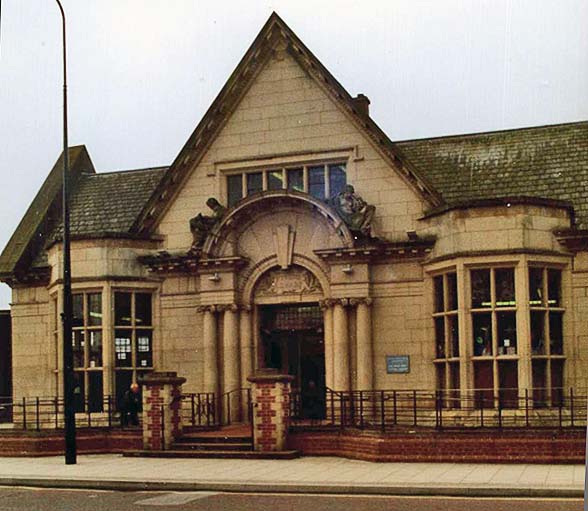 One of the newest features is the Times Retail Park. This shopping centre is dominated by a tower, reminiscent of the typical cotton mill tower, bearing the word Times. 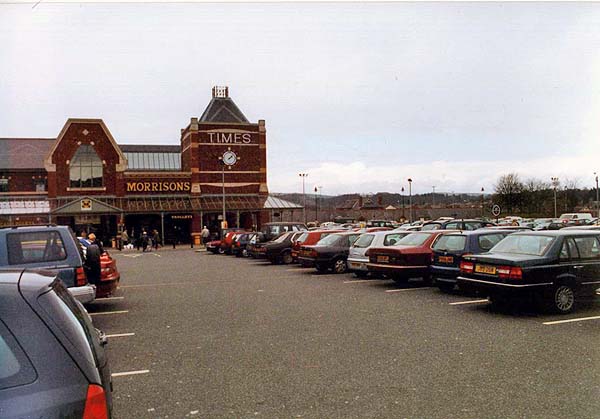 Heywood was home to Roger Fenton, the photographer, who became famous when he went out to the Crimean War to document it for the government. He was the first official war photographer. Charles Howarth is also
connected to the town since he was living at 16 Witton
Street when he died in 1868 and was later buried in
Heywood Cemetery. Howarth's name was among the list of
the original 28 men who set up the Rochdale Equitable
Pioneers Society.
|
Close Window

